As one of the most fascinating cultures in the world, ancient China spans over 1800 years. There were three main dynasties during this period, and this is when the first parts of the Great Wall of China were built. It’s also a time of great invention, science, and creation. But there are quite a few inventions you probably didn’t realize came from Ancient China, and this includes the crossbow, tea cultivation, and kites.
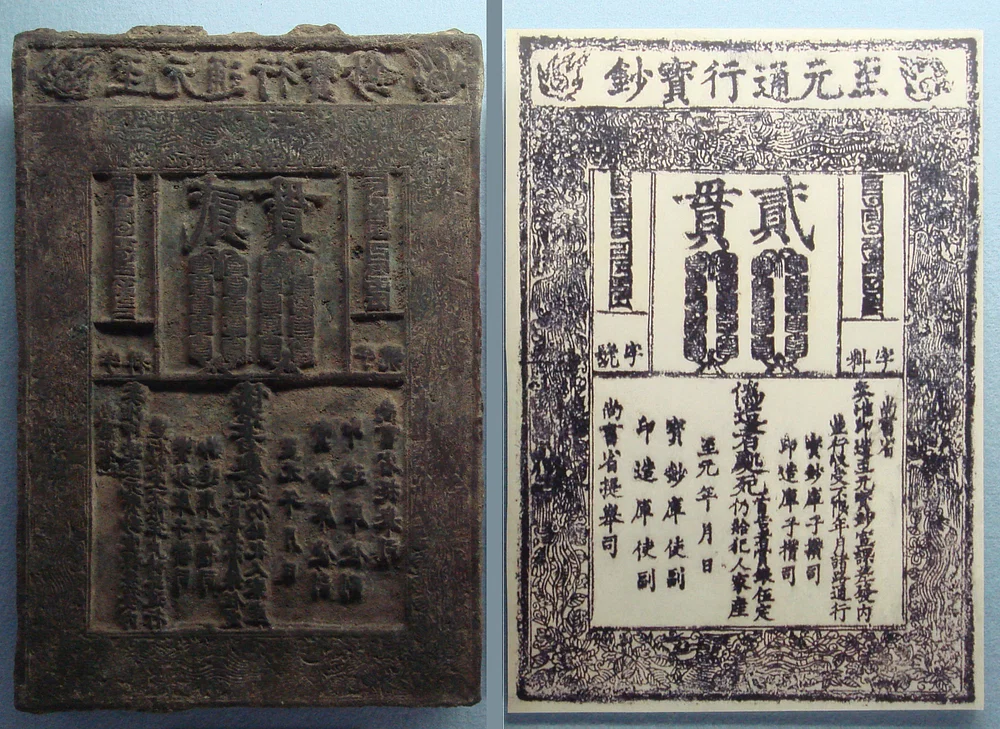
Papermaking
The invention of papermaking is attributed to Cai Lun during the Eastern Han Dynasty (25-220 AD). This process primarily used rags (textile waste) as the raw material for paper. This invention helped the spread of literacy and literature. It happened tenfold since paper was a lot cheaper than bamboo, silk, and wood. Eventually, it was used to create the first paper money from the early 12th century CE. Cai Lun created this by “using soaked and pressed plant fibers which were dried in sheets on wooden frames or screens.” Paper came in many different sizes and colors (World History).
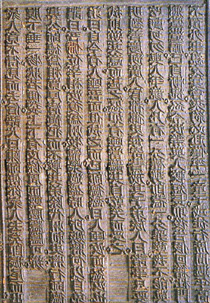
Printing
Woodblock printing, developed during the Tang Dynasty (618-907 AD), played a significant role in the spread of knowledge. As we’ve mentioned with papermaking, the invention of printing allowed literary books to spread throughout the dynasties of Ancient China, and eventually the world. The text was written on a piece of thin paper, then glued face down onto a wooden plate. To print the text, they carved out the characters. Unfortunately, if there was a single mistake in the carving, it could ruin an entire book. Either way, you can thank Ancient China for the numerous books you have lying around in your living room (China Culture).
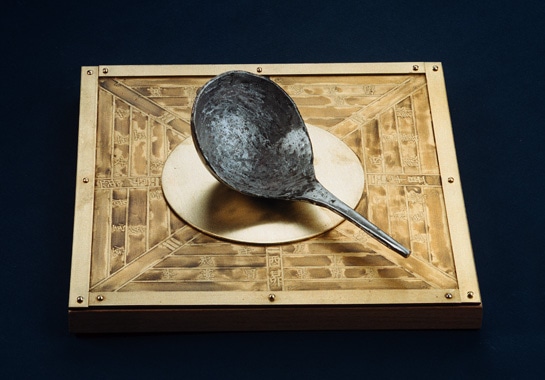
Compass
It’s all thanks to Ancient China that we never have to get lost again. Invented during the Han Dynasty (202 BC – 220 AD), the compass revolutionized navigation and helped people navigate a confusing world, long before accurate maps. Early records state, “The spoon-shaped instrument was placed on a cast bronze plate called a “heaven-plate” or diviner’s board that had the eight trigrams (Pa Gua) of the I Ching, as well as the 24 directions (based on the constellations), and the 28 lunar mansions (based on the constellations dividing the Equator). Its primary use was that of geomancy (prognostication) to determine the best location and time for such things as burials.” Alchemists then realized the magnetic ore would point towards magnetic north (Smith).
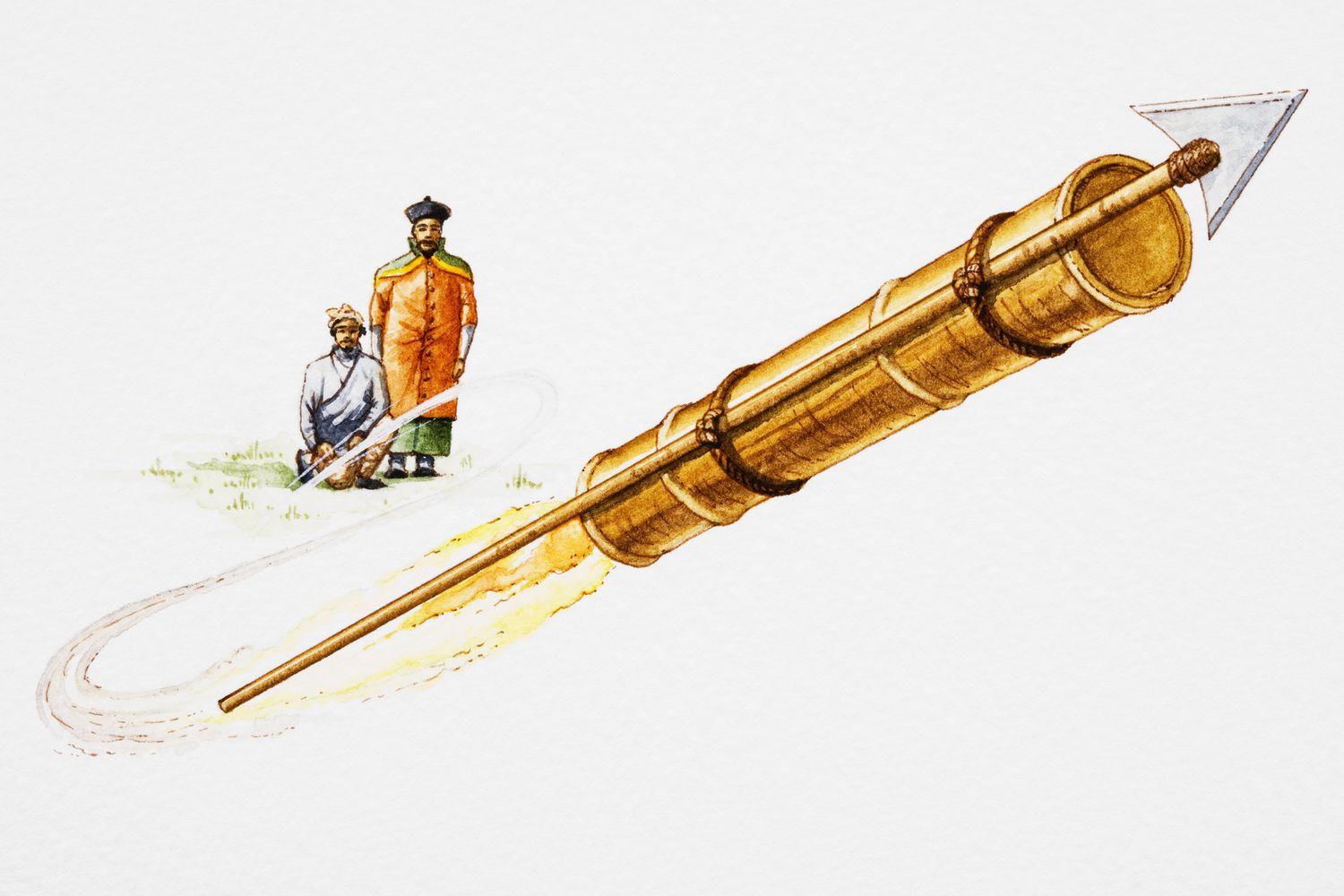
Gunpowder
Originally, gunpowder was used to scare or surprise the enemies of China. Developed in the 9th century during the Tang Dynasty, gunpowder had a profound impact on military technology. It all began thanks to an alchemist, who mixed 75 parts saltpeter with 14 parts charcoal and 11 parts sulfur. It then exploded when it was exposed to an open flame, and gunpowder was born. When China realized the potential of gunpowder, they started using it to kill their enemies as opposed to simply scaring them. By the 11th century, China was filling bombs with gunpowder and firing them from catapults. They tried to keep it a secret as long as possible. Eventually, knowledge of the substance was carried along the Silk Road and towards India and Europe (Real Archaeology).
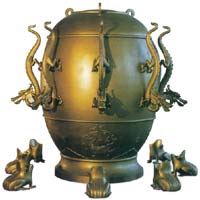
Seismoscope
Before the seismoscope, no one knew when an earthquake would strike. It caused many deaths and destruction since no one had any warning or ability to protect themselves. Zhang Heng’s seismoscope, invented in 132 AD during the Han Dynasty, detected and recorded earthquakes. The Chinese believed seismic events, like earthquakes, were important signs from heaven. The original seismoscope was a cast bronze vessel with a domed lid, much like the wine jars we have today.
Furthermore, “The surface of the vessel was decorated with motifs of mountains, tortoises, birds, animals and antique writing. Around the vessel were eight dragons whose mouths held a ball. Around the base of the vessel sat eight corresponding toads with their mouths open, looking upwards.” The sign that an earthquake was on its way was the falling of a ball from the dragon and into the mouth of a toad (CHCP).
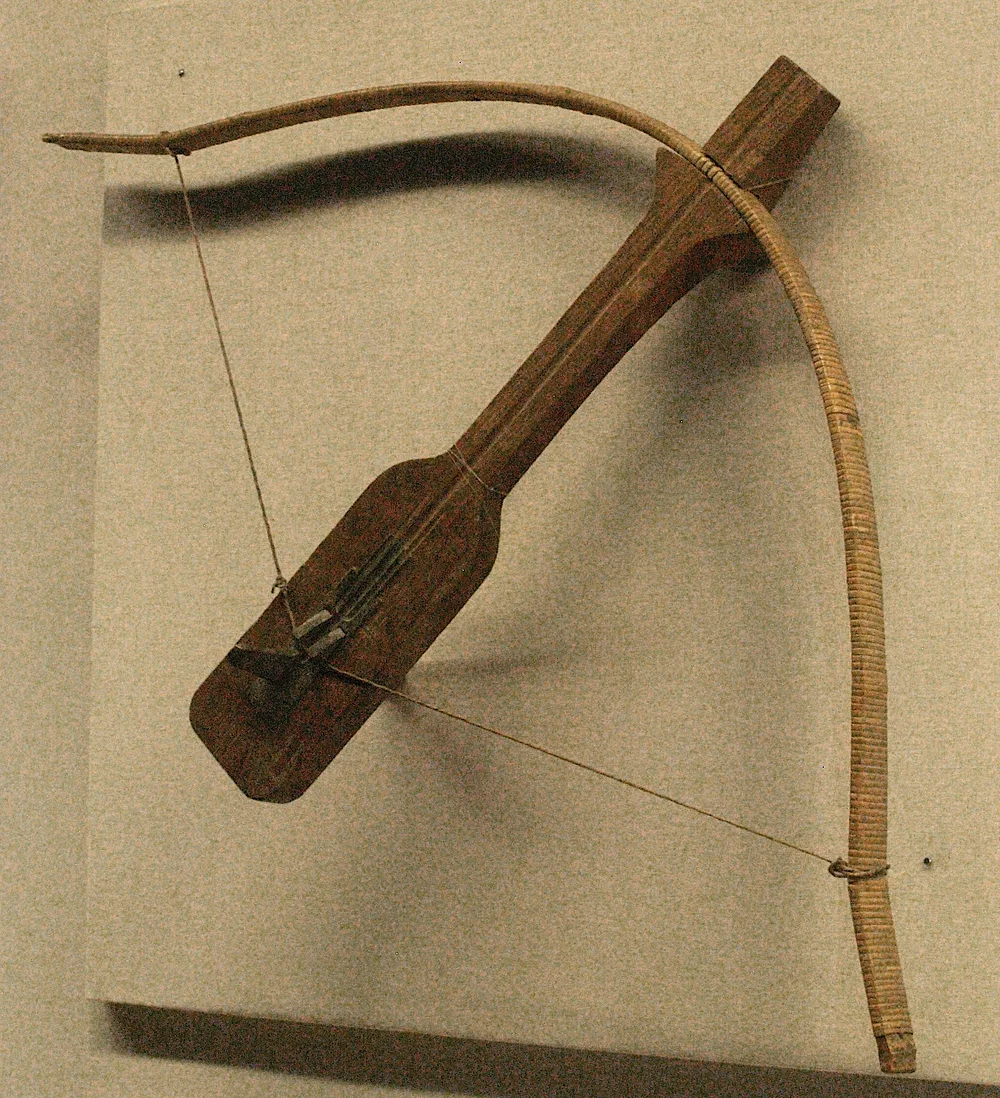
Crossbow
The Chinese crossbow dates back to the 4th century BC and was a major advancement in ancient weaponry. By 290 BCE, the Chinese army had 50,000 crossbowmen who used crossbows that could fire up to 650 feet. They were usually mounted. Eventually, they were light enough to be fired with one hand and could fire multiple arrows on its moveable base. They fired single, or multiple, bronze-headed arrows which used paper vanes to keep them stable. To shoot, they had to place the crossbow under their feet and hold it steady to pull back and fire (World History).
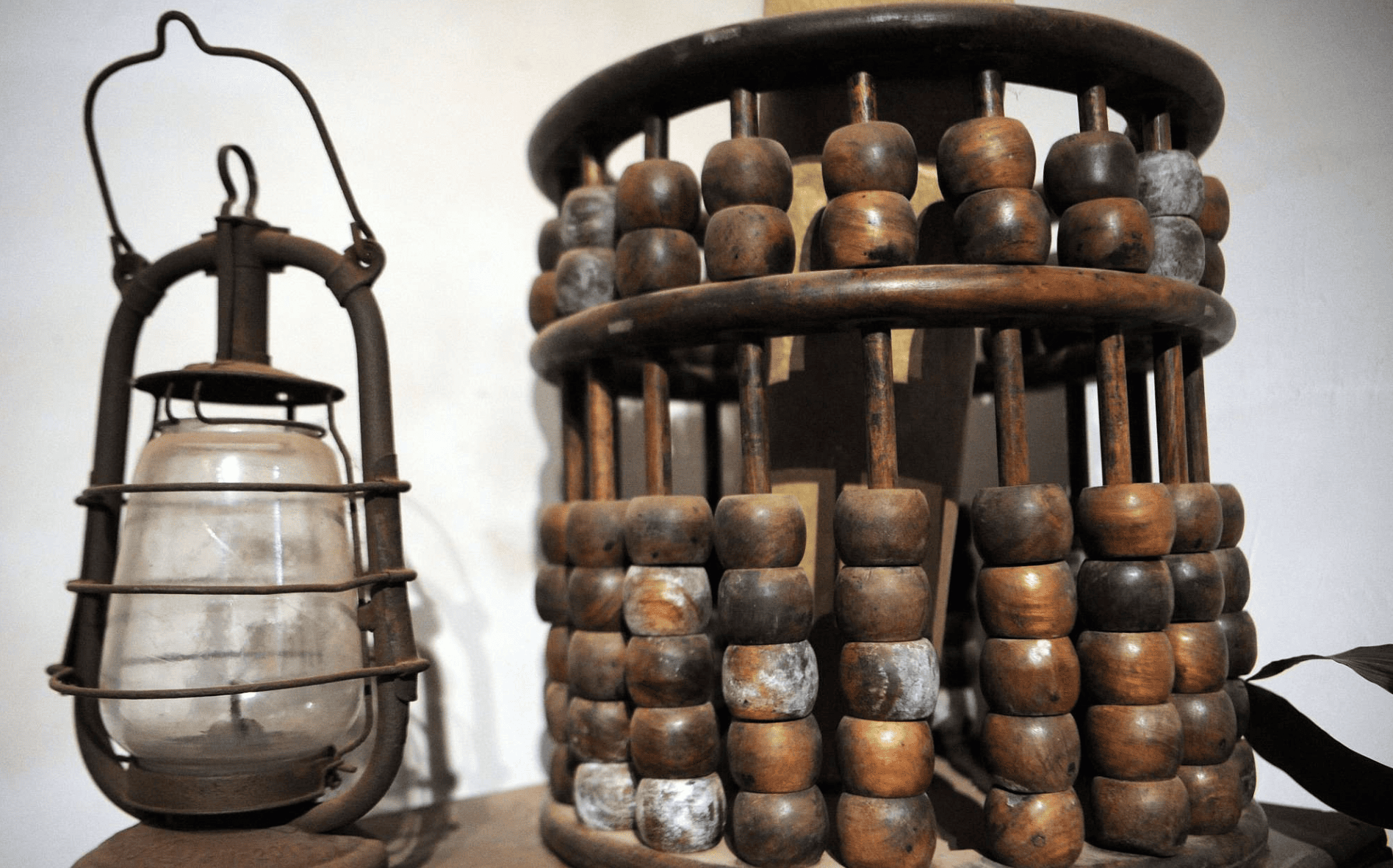
Abacus
The abacus, an early counting tool, has roots in ancient China, aiding in mathematical calculations. The framed set has rods where balls or beads are moved and is typically made of wood. This existed before the time of written numbers. Merchants needed a way to count large numbers since fingers and toes only allowed for 20 items. They did not operate as calculators but merely as tools to help them keep count (Toronto Mu).
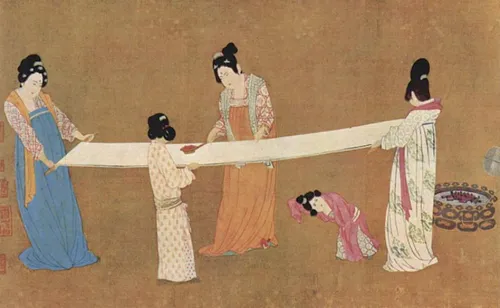
Silk Production
The invention of sericulture and silk production, attributed to Leizu, dates back to around 2700 BC. It came from the site Qianshanyang, which is also in Zhejiang. The cultivation of mulberry leaves, which leads to the tending of silkworms and their threads for silk production, is known as Sericulture. Ancient China had neolithic tools for weaving this silk gauze. Eventually, it became one of the most important manufacturers and traded goods in Ancient China (World History).

Tea Cultivation
If you’ve ever started your morning with a delicious cup of tea, you might wonder where it all began. The Chinese were among the first to cultivate and enjoy tea, dating back to the Shang Dynasty (1600-1046 BC). Ancient China brought this tradition to us, which has been consumed for more than 5,000 years. We bet you didn’t know your morning tea was that old! Legend has it that Shen Nung, the ancient Chinese emperor, started this tradition when a few leaves fell from a tree and into the water he was boiling. The first uses of tea leaves were mainly medicinal, to aid digestion for skin and joints (Canon Tea).
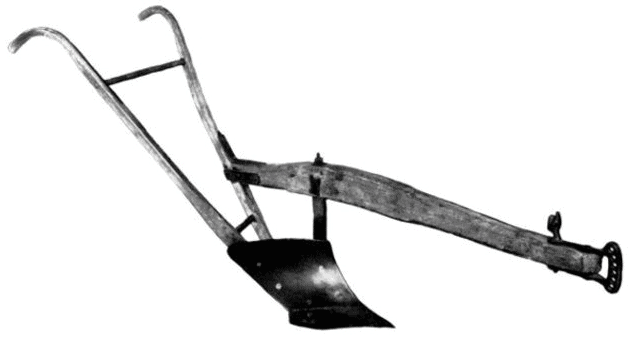
Iron Plow
Invented during the Warring States period (475-221 BC), the iron plow improved agricultural efficiency. The iron plow was originally a flat V-shaped iron piece that was small and was likely mounted on wooden handles and blades. Since only ten percent of China’s land is suitable for agriculture, the Chinese had to form incredibly efficient ways of farming. The iron plow was an advanced design with a sharp point to cut the soil and wings (Computer Smiths).
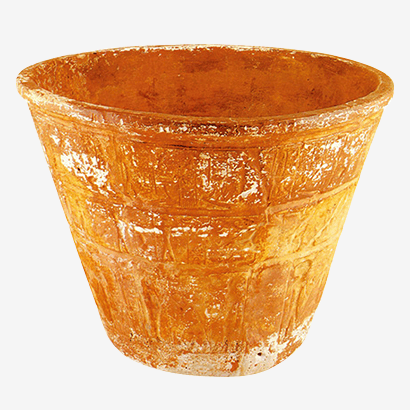
Water Clock
Before we had analog and digital clocks, humans had to figure out different ways of keeping track of time. Ancient China developed various water clocks, such as the inflow clepsydra, for timekeeping. This changed the course of history, and these water clocks became timepieces that could keep time without the sun. Because sundials only told time when the sun was shining, this put a limit to when they could tell time. With a water clock, water flows out in a controlled manner, thus allowing people to tell time throughout the day (Seiko Museum).
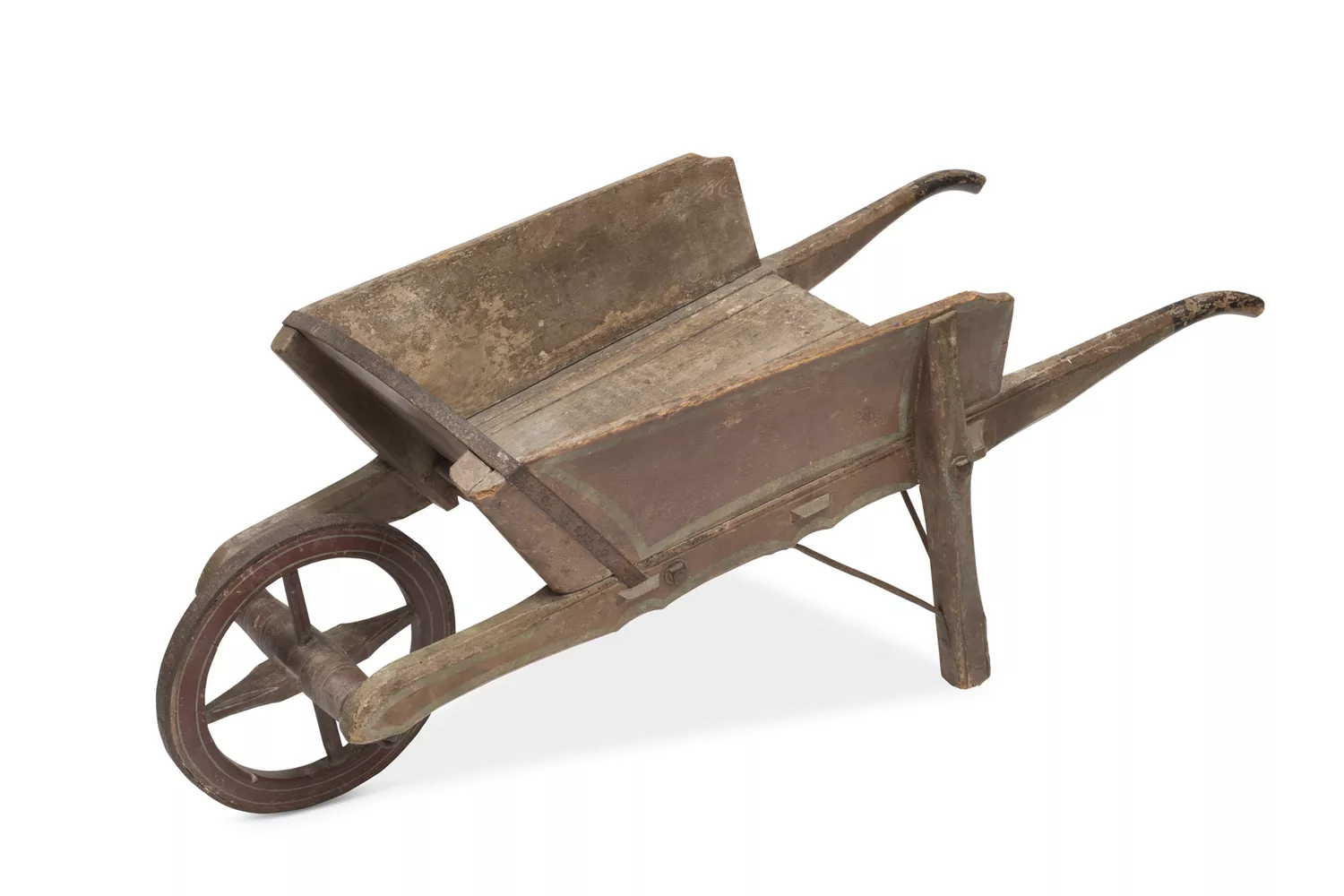
Wheelbarrow
The earliest illustrations of the wheelbarrow were found in illustrations dated back around 100 CE, where they had a single wheel at the front with the operator and two wheels at the back. The Chinese invented the wheelbarrow during the Han Dynasty, enhancing the transportation of goods. Most of the weight was carried in the back of the wheelbarrow. According to ThoughtCo, “A wall painting in a tomb near Chengdu, in Sichuan Province dated to 118 CE, shows a man using a wheelbarrow. Another tomb, also in Sichuan Province, includes a depiction of a wheelbarrow in its carved wall reliefs; that example dates back to the year 147 CE.” The wheel placement was an innovative way for one person to carry a heavy weight of goods (ThoughtCo).
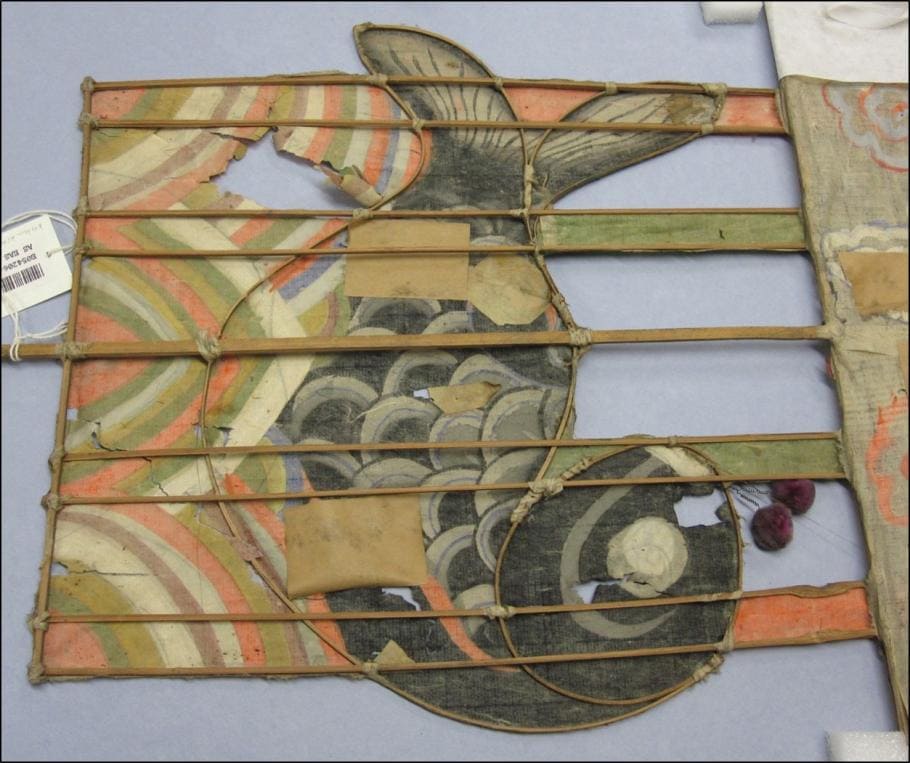
Kite
We have to thank Ancient China for one of our favorite beach inventions. Kites were invented in ancient China, with practical uses in military signaling and later used for recreation. They weren’t originally intended for recreational use, but it just so happened that people loved flying them around so much. The original kites appeared in 475 BCE and 221 BCE, where they were originally shaped like birds. Eventually, craftsmen made them with silk and bamboo, and then paper and bamboo, making them lighter and easier to carry (Air and Space).
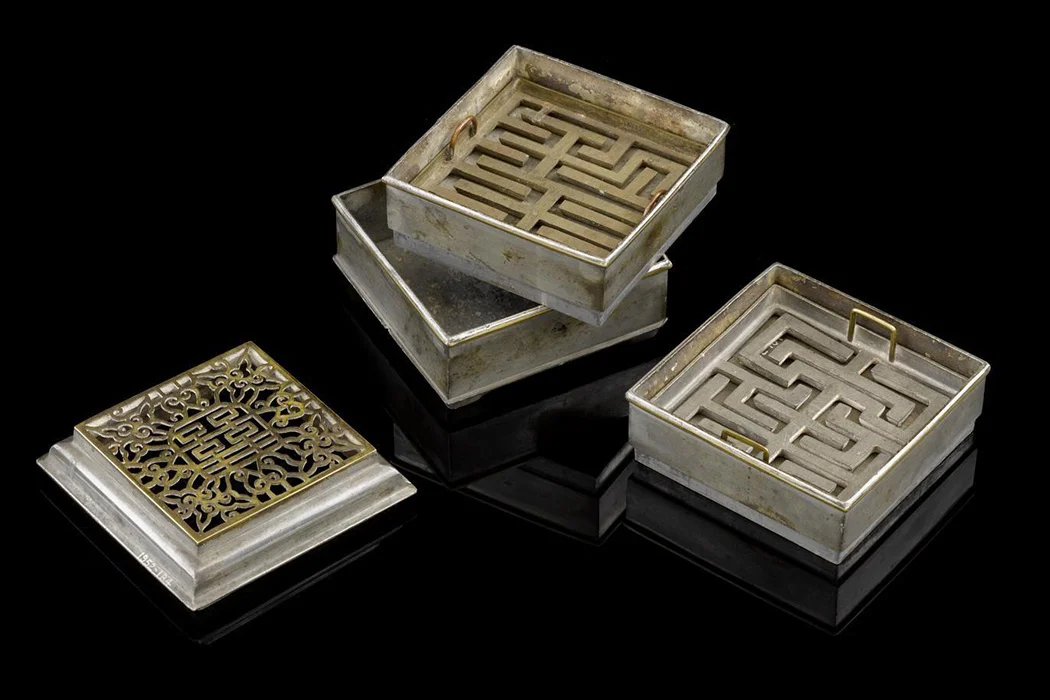
Incense Clock
Those incense burning in your room aren’t just a decorative aroma. They were originally intended to tell time. Invented during the Tang Dynasty, incense clocks measured time by the burning of incense. They burned in Beijing’s tall drum tower until the last incense burned and a large drum indicated the end of the night watch (Daily).

Umbrella
More than 1,700 years ago, the world saw the first umbrella, all thanks to Ancient China. The Chinese invented the collapsible umbrella for protection against rain and sun, and it has held the same purpose ever since. Legend has it that Chinese carpenter and inventor, Lu Ban, created the first umbrella. He felt inspired by watching children use lotus leaves to protect themselves against the rain, but instead of leaves, used a cloth (Somers Schools).
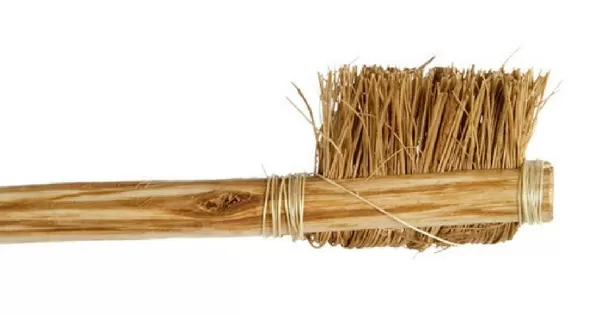
Toothbrush
The concept of the toothbrush, with bristles made from hog hairs, dates back to the Tang Dynasty. The first toothbrushes consisted of bamboo or bone handles, where the bristles were made from the coarse hair of a Siberian hog. The ancient Chinese called these toothbrushes after what they were intended for, a “chewstick.” It’s part of the reason many toothbrushes made today are manufactured in China (The Toothstation).
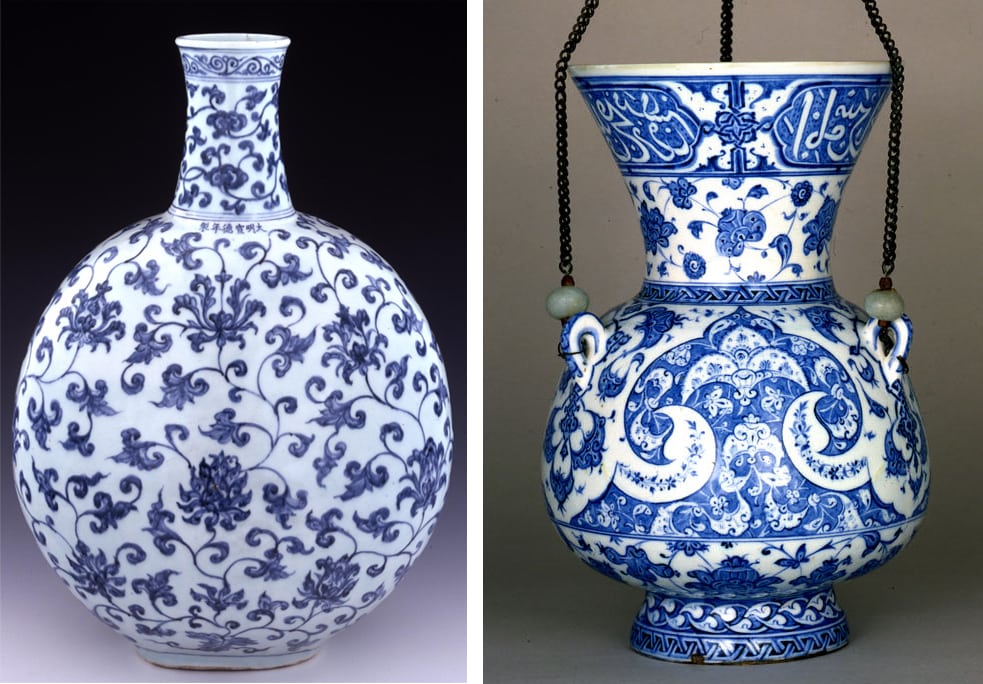
Porcelain Production
China was the first to produce high-quality porcelain during the Han Dynasty. This is when crafters began transforming clay into gorgeous objects, using their imagination and creativity to make something beautiful. During the Song Dynasty, Chinese ceramics were massively exported, and since then, porcelain has made its way to the shelves and counters of our kitchens (Khan Academy).
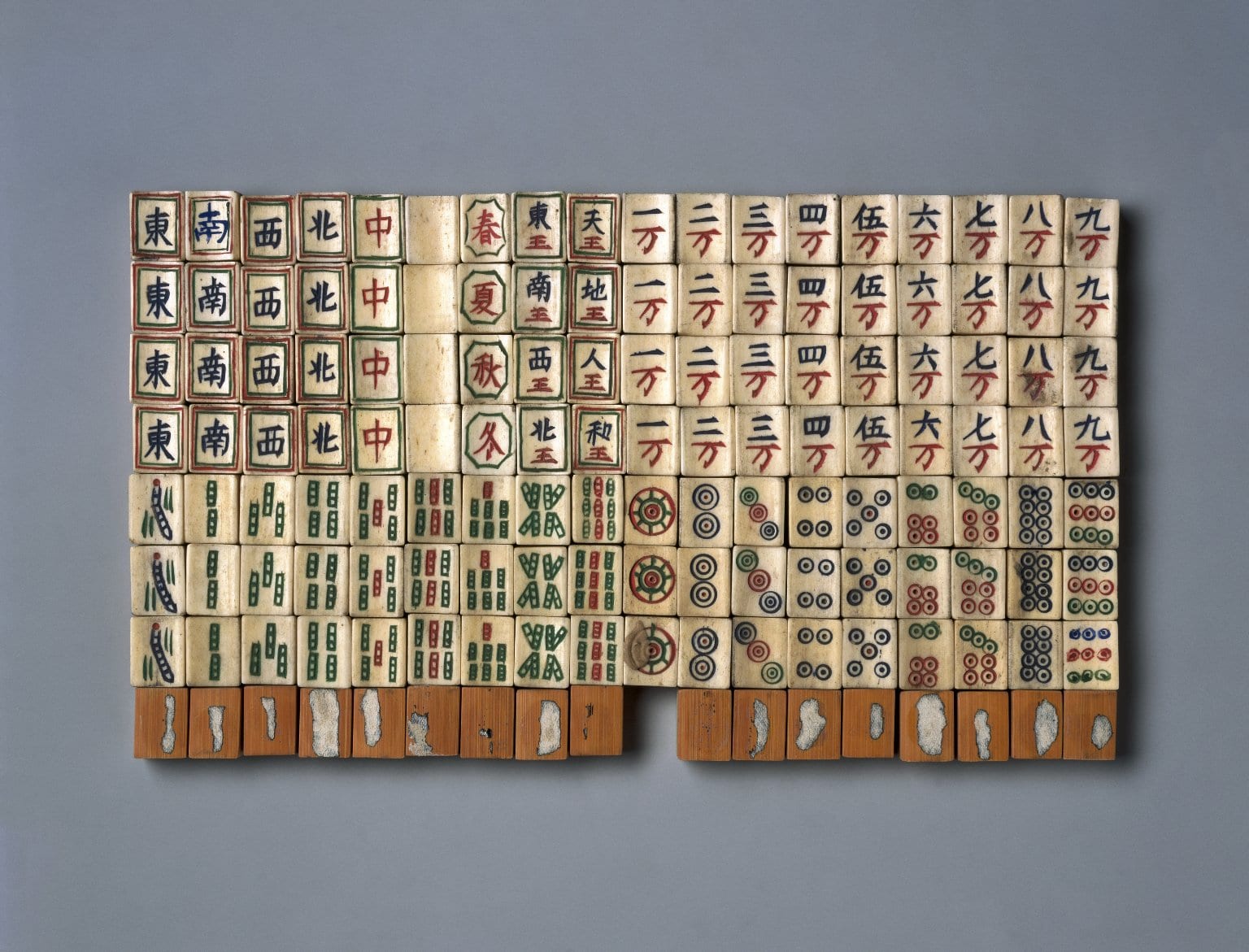
Dominoes
That fun game you used to play as a kid originated in Ancient China during the Song Dynasty (960-1279 AD), by Hung Ming. He did this to keep his soldiers awake through entertainment during the night to keep them protected against enemies. It’s even said that one must be familiar with Sun Tzu to fully embrace the tactics and techniques of the game (Wind Horse Tour).
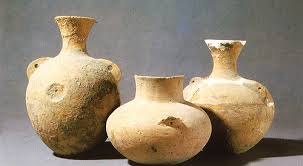
Fermentation Techniques
Thousands of years ago, humans didn’t have refrigeration systems to keep their products cold and extend their shelf life. Ancient China developed various fermentation techniques for brewing alcoholic beverages like wine, and soy products. The most popular technique was fermenting a mixture of molded and steam-cooked grains into water and letting it sit for several days (JSTOR).
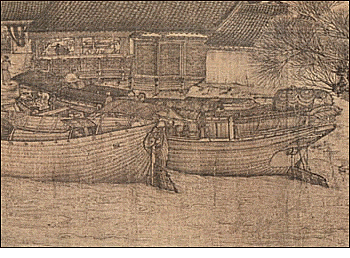
Nautical Innovation
The Song Chinese were the world leaders in shipbuilding, as the Ancient Chinese sailors contributed to nautical innovations such as sternpost rudders and multiple masts, enhancing navigation. This, besides a compass, made headway for sailing the seas. Watertight bulkheads improved buoyancy and helped protect cargo, and sounding lines helped determine depth (Easia).

Playing cards
The invention of playing cards is attributed to the Tang Dynasty, who used them as a form of entertainment, much like dominoes. According to the Invention of Printing, “There are certain indications that the development of playing cards took place at about the same time as the transition from manuscript rolls to paged books. As the advent of printing made it more convenient to produce and use books in the form of pages, so was it easier to produce cards.” They were referred to as “sheet dice,” basically dominoes with dots but printed on paper (History of Information).
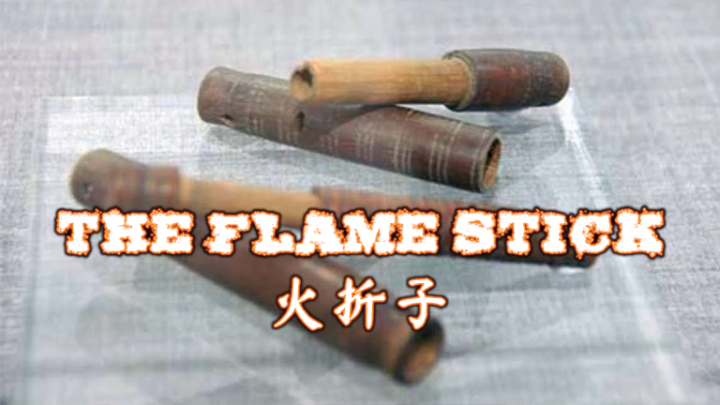
Matchstick
The Chinese developed the first matches, using sulfur-tipped sticks to create fire. Legend has it that the first matches were formed during the short-lived ancient Chinese kingdom of Northern Qi. It was a primitive sort of a match made from sulfur, and originally termed “light bringing,” where they dipped pine sticks into sulfur to start the fire (Ancient Pages).
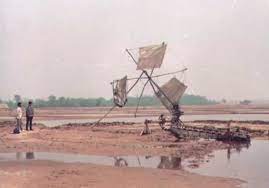
Windmill
During the Ming Dynasty of China, windmills became popular. Originally, Ancient Chinese windmills were used for grinding grain and pumping water. There were only two types, the vertical-axle windmill and the horizontal-axle windmill. In a way, they were similar to Chinese sailboats with their cloth vanes (Springer).

Suspension Bridge
A rope made from bamboo hung the first suspension bridge in Ancient China at around AD 300. It spanned across the Min River, roughly 1,000 feet. The ancient Chinese constructed early forms of suspension bridges using bamboo and iron chains, and piers supported eight sections of cable to form this bridge. To get the rope across the gorge, they’d shoot a rope across the gorge using an arrow. This allowed for heavier cables and longer distances. You can still find the original form of the bridge at the Tibetan-Chinese border (Dark Wing).
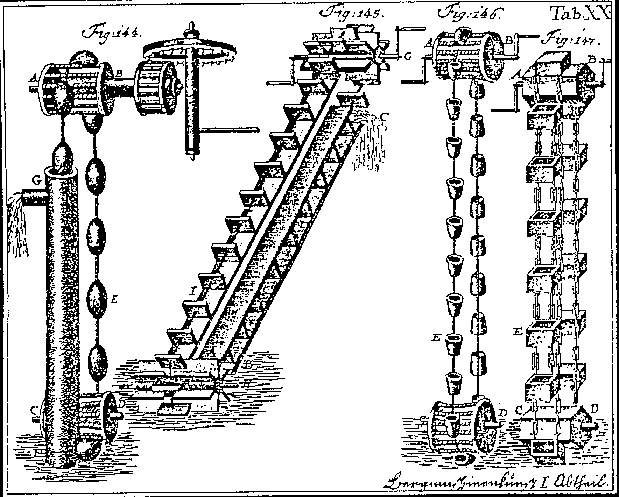
Chain Pump
Mainly used for irrigation, the chain pump was an ancient Chinese invention. They used this to retrieve water from low irrigation canals or deep ditches, making water easily accessible where it previously wasn’t. Even though we have the luxury of turning on our sink and having water at our fingertips, our ancestors had to work a little bit harder to retrieve this water (UNESDOC).
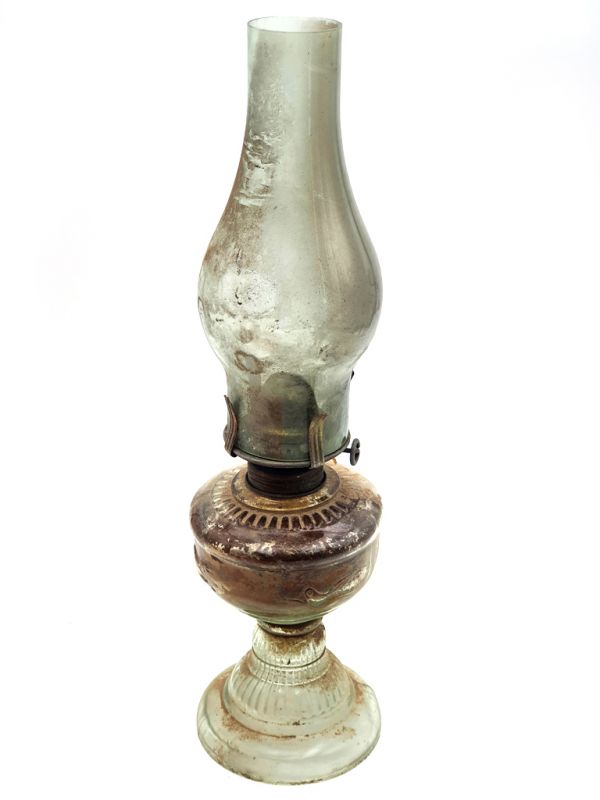
Oil Lamp
Before the invention of electricity, our ancestors had to figure out a way to see in complete darkness. That’s where oil lamps came in when the Ancient Chinese oil lamps were early forms of lighting. The earliest Chinese oil lamps date back to the Warring States period. They used oil lamps with refillable reservoirs and a fibrous wick, where the oil lamp had a controlled flame. These lamps were typically constructed with bronze, ceramic, wood, or stone (Chinese Items).

Fishing Reel
Early fishing reels were developed in ancient China, where texts from the 4th century indicated their first appearance. Chinese painter Ma Yuan depicted a fisherman with a fishing rod in his painting titled “Angler on a Wintry Lake,” in 1195. It wasn’t until the 17th century that paintings showed the fishing reels with a pulley, much like we have today (History of Fishing).
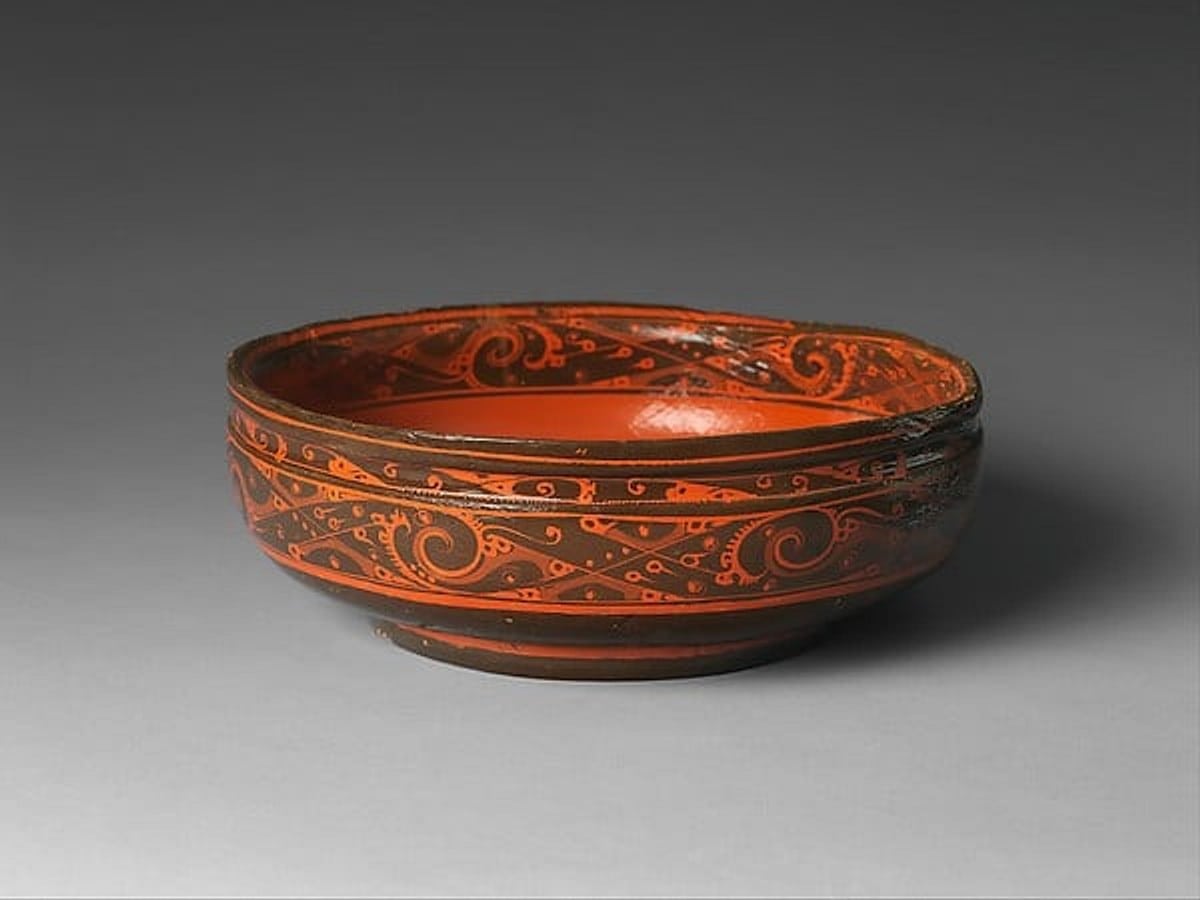
Lacquerware
The art of creating lacquerware, a popular form of decoration in ancient China, using sap from the lacquer tree, originated in ancient China. This tree was native to eastern and southern China when the resin was drained from a cut in the tree. Sometimes, it turned into an opaque white liquid when it came into contact with the air. To turn it into different colors, they added different chemicals. Red, black, and yellow were the most popular colors during these ancient Chinese times (World History).

